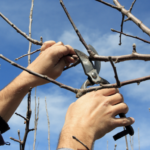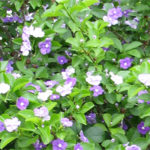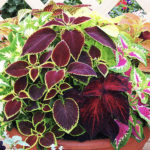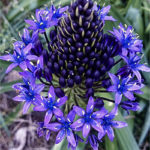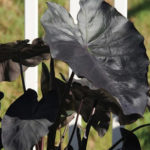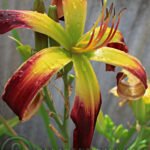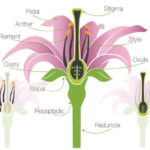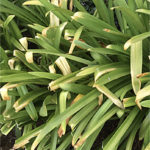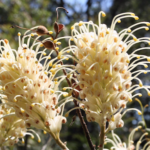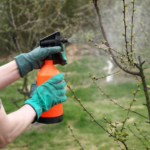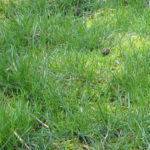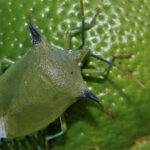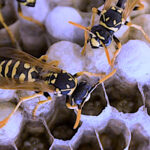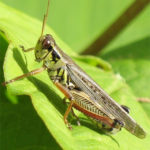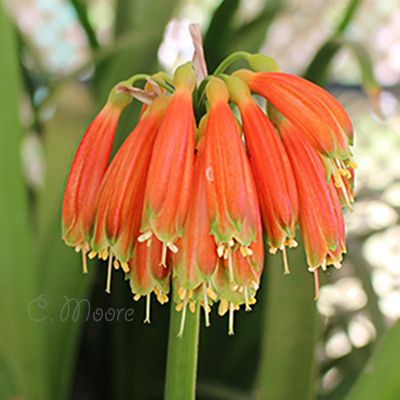
Clivia Nobilis Pendulous Form
About Clivia Nobilis And How to Grow It
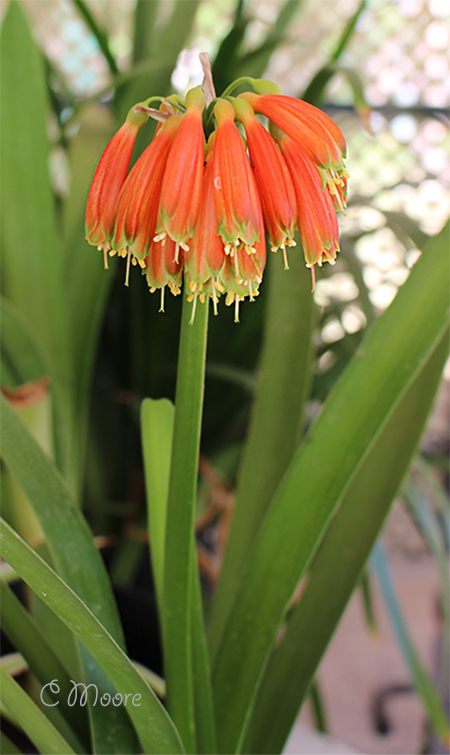 Clivia nobilis or Eastern Cape bush lily or green tip forest lily belongs to family Amaryllidaceae. This herbaceous plant is native to South Africa. The coastal plants grow on dune sand and inland populations are found on rocky areas and river banks. The plant name Clivia nobilis was given in honour of Duchess of Northumberland who belonged to Clive family.
Clivia nobilis or Eastern Cape bush lily or green tip forest lily belongs to family Amaryllidaceae. This herbaceous plant is native to South Africa. The coastal plants grow on dune sand and inland populations are found on rocky areas and river banks. The plant name Clivia nobilis was given in honour of Duchess of Northumberland who belonged to Clive family.
Plant Description
C. nobilis plants are recognised to have long stiff strap-like, upright leathery leaves with very fine toothed edges, which are about 30 cm to 50 cm long and 2.5 cm to 5 cm broad with rounded tips on the leaf ends. This is a bulbous plant and forms rhizomes from which new suckers are produced. My plants produce long round shaped reddish-orange flowers. Each tubular flower is tipped with a green rim that flowered towards the end of November this year, just a few weeks later than my elaborate orange backed clivia hybrids. I must say these clivias draw me in.
If you have never seen a true Clivia nobilis, pictures on the internet or in a book are deceiving. At first, I was shocked to see the flowers so small. The lengths of the inflorescence are small compared to the height of the stem and leaves. It’s true that the narrow flowers are only a fraction longer than a match box and may contain 40 to 60 flowers. When the flowers wither they develop into a cluster of green berries, which will take at least one year to ripen. A large number of seeds are produced by the plant.
How To Grow?
You can grow Clivia nobilis in conjunction with the ordinary clivias in garden beds or in pots to give you a mix of shapes, heights and colours. They are very hardy and beautiful and can be included in landscaping. They require minimum care when they are planted in the right position and are given the right conditions to grow. When planted in beds, they will expand and form clumps. These plants can become crowded when grown in pots and this may affect blooming giving you far less flowers. Regular division is the key and required to prevent less flowers and overcrowding. When grown from seeds, this plant takes more than six years to produce flowers. The ideal place to grow this species is in areas with a temperate climate in light shades away from morning and night frosts. The plant needs compost rich soil with good drainage as they are shallow rooted. They can withstand dry and moist soil to a certain level as the roots are thick and fleshy and are able to store water. During summer, move the potted plants outside and bring the plant indoors or under eves close by before severe winter. Water the plants when the topsoil is dry. The plants grown in dark shadowy areas may produce flowers less often
Propagation
The different methods of propagation of this plant include division and seeds.
- When a plant has attained 3 to 4 years of growth, it may start producing offsets every year.
- Separate the new suckers from the parent plant with 3 to 4 leaves and some root.
- Plant the divided clump in the growing medium that contains sand and compost.
- The new plant formed after division will start producing flowers within 2 years.
To Propagate Using Seeds
- Remove the soft tissues of the berries surrounding the seeds and sow them in sowing medium containing equal parts of sand and milled pine bark.
- Cover the seeds lightly with the medium and place the seed tray in an area that receives indirect bright light until germination. Keep the medium moist and warm.
- Several weeks are needed for germination. When the seedlings are of the right size with 3- 4 leaves, you can plant them in pots or beds.
Slugs and snails are the common pests attacking this plant growing in a moist and shady area. The tender leaves of the plant are the target of these pests. Clivia nobilis info tells me that the snout beetle is another pest which damages the leaves of this plant. Use contact insecticides to prevent these pests.


